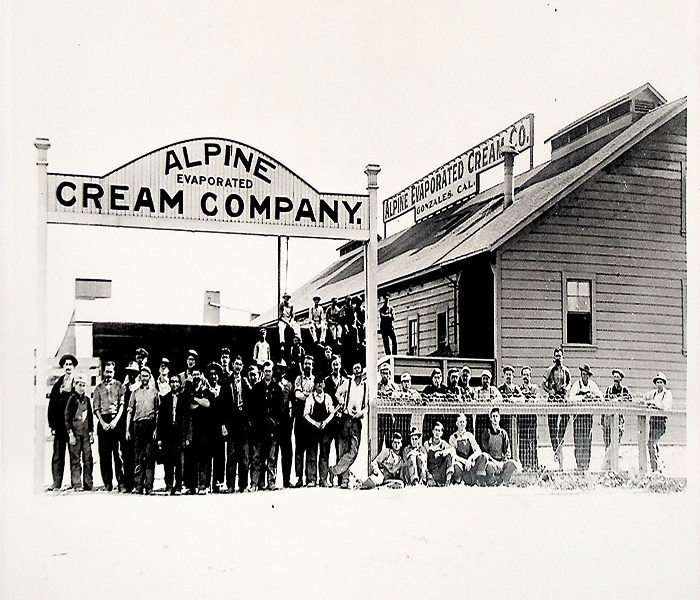In 1986, the American Dairy Association sponsored an ad to run during the Super Bowl that still, to this day, speaks to my soul. It was a take-off on the song, Food, Glorious Food, from the musical “Oliver” entitled Cheese, Glorious Cheese. It was a rousing rendition that showcased actors drooling over cheese to the words … “Tastes might inviting, it’s so tantalizing, enjoy cheese, marvelous cheese, wonderful, glorious cheese.” I could, and can, relate.
It is not a stretch to say cheese is an integral and necessary part of my diet. There are few I don’t like, even the off-putting moldy ones have a place in my meal planning. Those who know me well will attest to the fact that a grilled cheese sandwich is my go-to favorite at any meal.
So, I was thrilled to discover, upon moving to this area, that one of my most-liked cheeses originated right here in the Salinas Valley — Monterey Jack, a semi-soft white cheese. It has the distinction of being a truly California cheese, one of the few that even originated in the United States.
History at times is undependable, at the mercy of people’s memories and changing perspectives. The evolution of Monterey Jack cheese has a storied background, with differing opinions on exactly how it came by its name. At the hub of the story is the stratagem of an early setter, David Jacks.
Scotsman Jacks (nee Jack, the ’s’ became customary after awhile) appeared in Monterey County by way of San Francisco. His original intent in coming to the state in 1848 was to find success in the gold fields, but the rush of gold-discovering was not lure enough for him to follow that path. He moved to Monterey in 1850 and called it home for the rest of his life.
He made a name for himself, some say it was a name quite often taken in vain by locals, gobbling up Monterey County rancheros by paying delinquent taxes. When the original landowner defaulted on the tax payment, the land was foreclosed on and became Jacks’. All in all, he acquired 10 land grants that totaled about 60,000 acres, including a hotly contested skirmish over the 30,000 acre Monterey Pueblo … a battle he won.
Yes, he was land hungry, but he also recognized the value of what the land produced. He established share-cropping in the Salinas Valley, keeping one-third of any crop that was grown. This extended to the milk being produced by cows grazing on Jacks’ land. At one point, Jacks had 14 dairies, all being operated by Swiss immigrants on his leased land, which leads us to the story of Jack cheese.
Before we go any further, no Jacks is not the originator of this cheese, merely the facilitator who saw a marketing maneuver that would benefit him. He had too much milk, so he co-opted a long-standing practice brought by the Franciscan fathers in the 1700s to the mission communities. The padres made a soft, creamy, white, slightly aged cheese called queso del pais, country cheese, or queso blanco, white cheese that, when cow’s milk was plentiful, was a dietary staple. Jacks, recognizing its commercial value, started making it on a large commercial scale and selling it throughout California. It was known as Monterey Jack’s, Jack’s Monterey cheese and, eventually, Monterey Jack cheese. Now it is simply known as Jack Cheese.
The dairy industry here in the Salinas Valley peaked in the 1920s, boasting more than 400 dairies comprised of 25,400 cows. With the emergence of the lettuce industry in 1923 and the value and use of land for row crops, dairying saw a steady decline, finally coming to an end, except for a few small farms, in the 1950s.
Sadly, Jack cheese isn’t even produced in Monterey County anymore. But it will forever be a glorious, and tasty, reminder of the region’s farming history.




